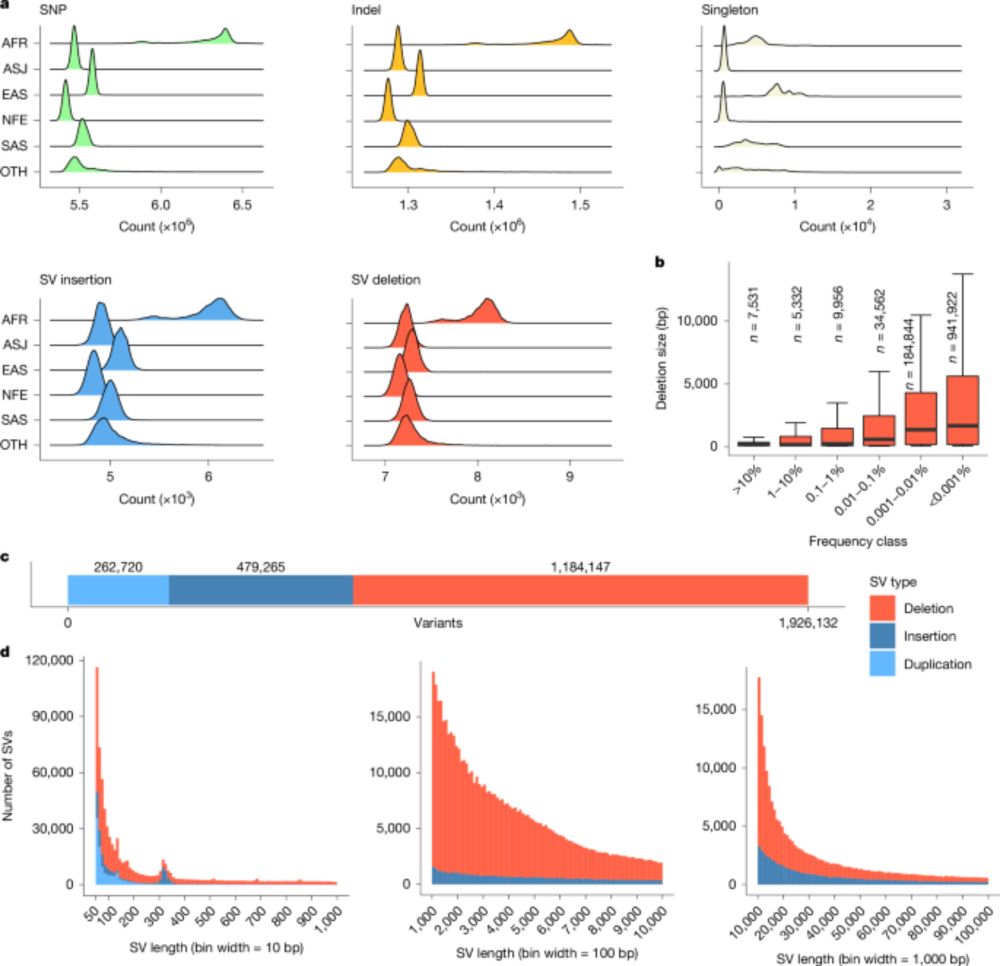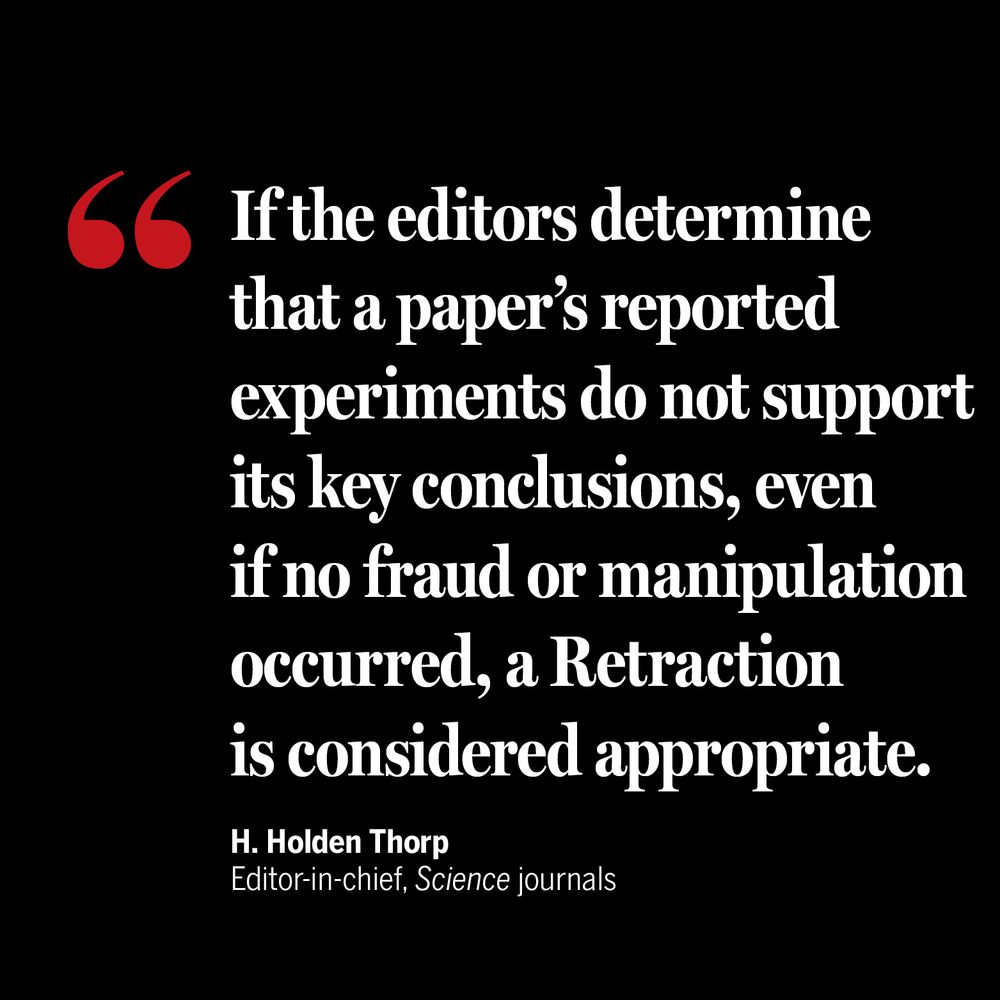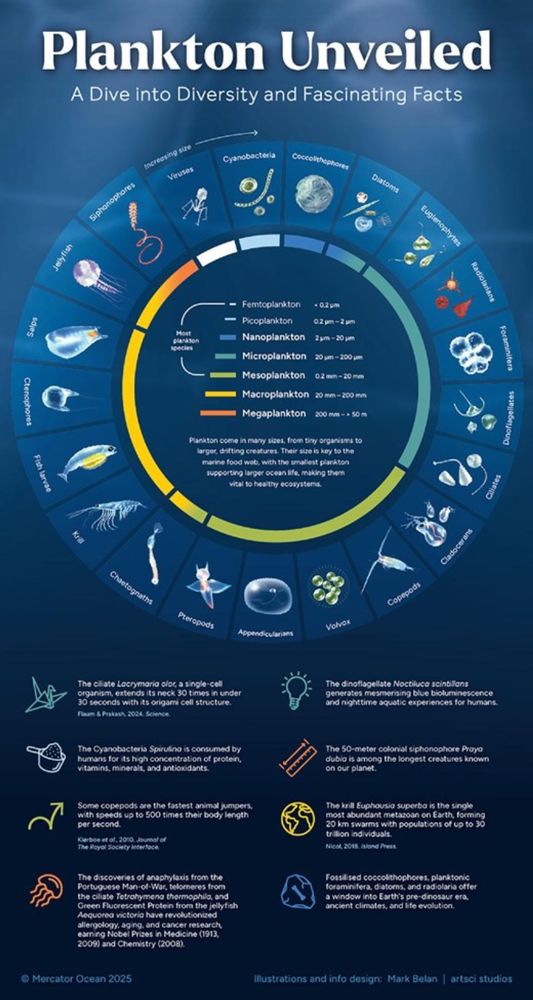Luis Bolaños
@lbolanos68.bsky.social
530 followers
760 following
23 posts
Postdoc
@UniofExeter
| Environmental microbiology | Views own | lbolanos68.github.io
Posts
Media
Videos
Starter Packs
Reposted by Luis Bolaños
Reposted by Luis Bolaños
Reposted by Luis Bolaños
Luis Bolaños
@lbolanos68.bsky.social
· Sep 8

Long-term decline of marine viruses associated with warming and oligotrophication at a NW Mediterranean coastal site
Abstract. Viruses play key roles in controlling microbial abundance and community composition, nutrient cycling, and productivity in marine systems. Rising
academic.oup.com
Reposted by Luis Bolaños
Reposted by Luis Bolaños
Cameron Thrash
@jcamthrash.bsky.social
· Aug 27

A call for caution in the biological interpretation of viral auxiliary metabolic genes - Nature Microbiology
This Perspective discusses virus-encoded auxiliary metabolic genes and provides a framework for the biological interpretation of these genes.
www.nature.com
Reposted by Luis Bolaños
UK Biobank
@ukbiobank.bsky.social
· Aug 6

Whole-genome sequencing of 490,640 UK Biobank participants - Nature
A study reports whole-genome sequences for 490,640 participants from the UK Biobank and combines these data with phenotypic data to provide new insights into the relationship between human variation a...
www.nature.com
Luis Bolaños
@lbolanos68.bsky.social
· Aug 13
Marine Viruses and Their Role in Marine Ecosystems and Carbon Cycling | Annual Reviews
Marine viral ecology emerged as a distinct discipline approximately 25 years ago. Despite significant progress, direct assessments of viral impacts on carbon flux remain scarce. Here, we integrate rec...
www.annualreviews.org
Reposted by Luis Bolaños
Plymouth Marine Laboratory
@pml.ac.uk
· Aug 1

Plastic packaging may drive antimicrobial resistance, study suggests
Plastic packaging — at every stage of its lifecycle — may contribute to the development and spread of antimicrobial resistance (AMR), which poses “one of the greatest threats to mode...
www.packaginginsights.com
Reposted by Luis Bolaños
Reposted by Luis Bolaños
Reposted by Luis Bolaños
Reposted by Luis Bolaños
Reposted by Luis Bolaños
Simon Roux
@simrouxvirus.bsky.social
· Jul 22
Luis Bolaños
@lbolanos68.bsky.social
· Jul 17

Carbohydrate content controls vertical variations in carbon to nitrogen ratios of organic particles within the euphotic zone in the northwest Sargasso Sea
Communications Earth & Environment - Primary production and degradative processes impact the carbon to nitrogen ratio of particulate organic matter with depth, according to analysis of seawater...
rdcu.be
Luis Bolaños
@lbolanos68.bsky.social
· Jul 12

Arctic Ocean virus communities and their seasonality, bipolarity, and prokaryotic associations
Nature Communications - Based on bulk DNA time-series sequencing of the surface Arctic Ocean, Calayag et al. show that planktonic viruses are strongly seasonal in abundance and community...
rdcu.be
Reposted by Luis Bolaños
Luis Bolaños
@lbolanos68.bsky.social
· Jul 3

Global declines in net primary production in the ocean color era
Nature Communications - This study shows primary production has significantly decreased in nearly half of the ocean. The authors demonstrate that decadal shifts in ocean color are driven by...
rdcu.be
Reposted by Luis Bolaños
Luis Bolaños
@lbolanos68.bsky.social
· May 27
Reposted by Luis Bolaños










